Find Help
More Items From Ergsy search
-
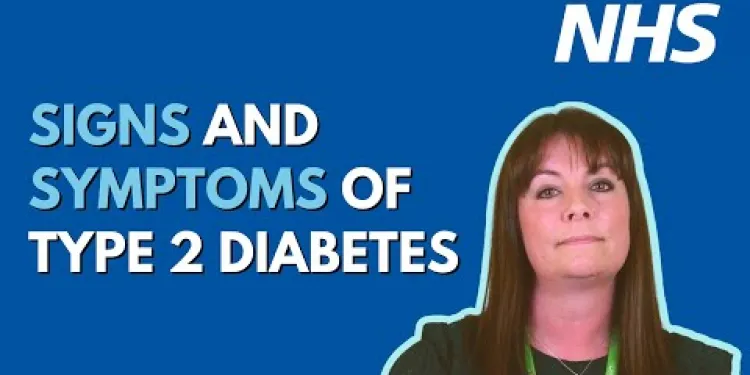
Type 2 diabetes - common signs and symptoms UHL NHS Trust
Relevance: 100%
-

What are the symptoms of Type 2 Diabetes?
Relevance: 95%
-

What is type 1 diabetes?
Relevance: 78%
-

How is Type 2 Diabetes diagnosed?
Relevance: 77%
-

Type 1 Diabetes supporting adults to manage Type 1 diabetes
Relevance: 76%
-
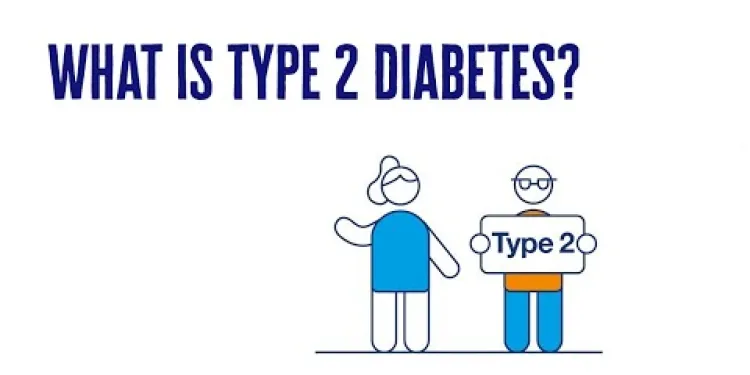
What Is Type 2 Diabetes? | 2 Minute Guide | Diabetes UK
Relevance: 76%
-

Is Type 2 Diabetes hereditary?
Relevance: 73%
-

What complications are associated with Type 2 Diabetes?
Relevance: 71%
-
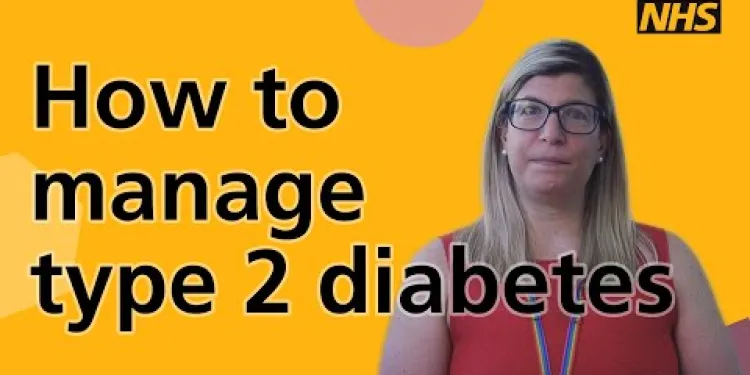
How to manage type 2 diabetes
Relevance: 70%
-

Can Type 2 Diabetes be prevented?
Relevance: 70%
-

Is Ozempic suitable for type 1 diabetes?
Relevance: 69%
-

What causes Type 2 Diabetes?
Relevance: 69%
-

Can Type 2 Diabetes go away?
Relevance: 69%
-
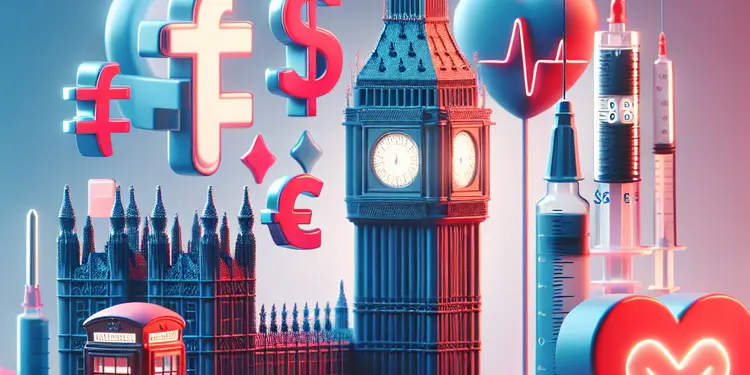
Are heart attack symptoms different for people with diabetes?
Relevance: 67%
-

Can stress affect my Type 2 Diabetes?
Relevance: 66%
-

Can Mounjaro be used in type 1 diabetes?
Relevance: 66%
-

How is Type 2 Diabetes treated?
Relevance: 66%
-

What is the role of insulin in Type 2 Diabetes?
Relevance: 65%
-
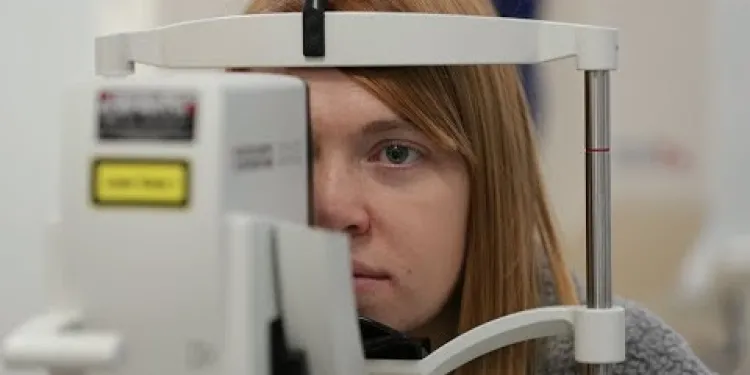
Patient voices in type one diabetes - I would have done things differently.
Relevance: 65%
-
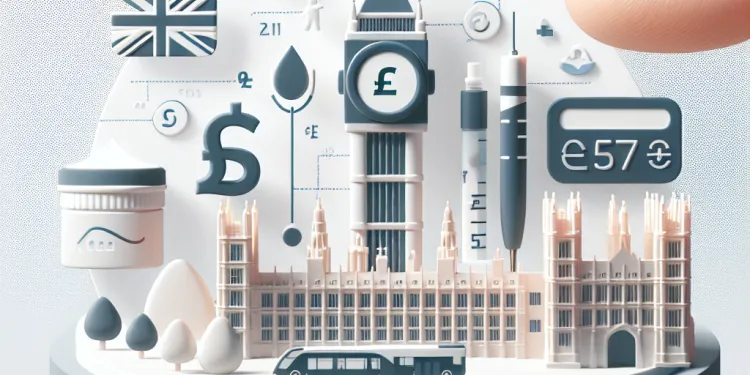
Is Wegovy used for type 2 diabetes management?
Relevance: 63%
-
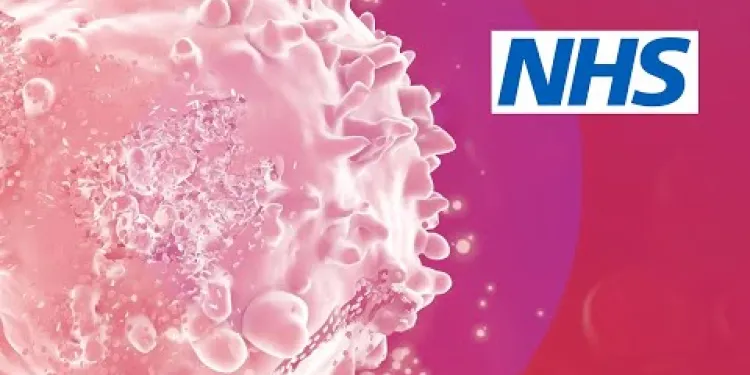
Leukaemia: What are the signs and symptoms? | NHS
Relevance: 60%
-

Where can I find support for managing Type 2 Diabetes in the UK?
Relevance: 60%
-

NHS Diabetes Prevention Programme; Preventing Type 2 and improving outcomes for people with diabetes
Relevance: 59%
-

Dyspraxia Symptoms & Signs
Relevance: 56%
-
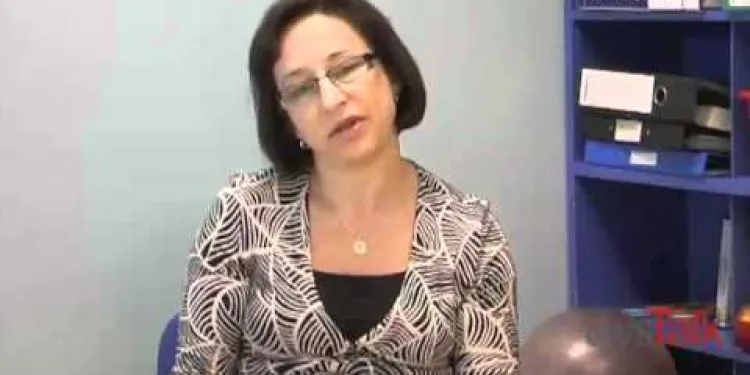
Dyspraxia Symptoms & Signs
Relevance: 56%
-
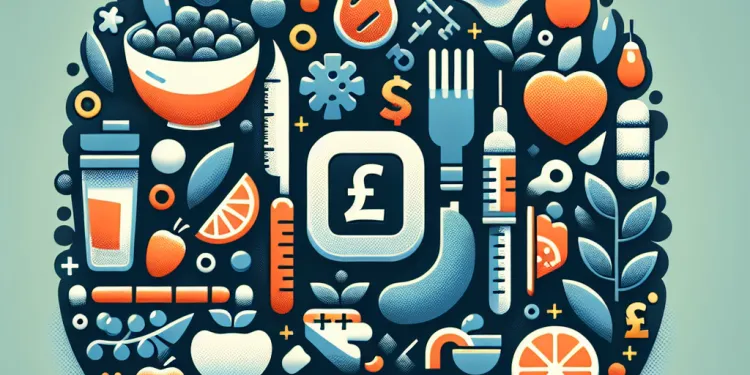
What can I eat if I have Type 2 Diabetes?
Relevance: 56%
-
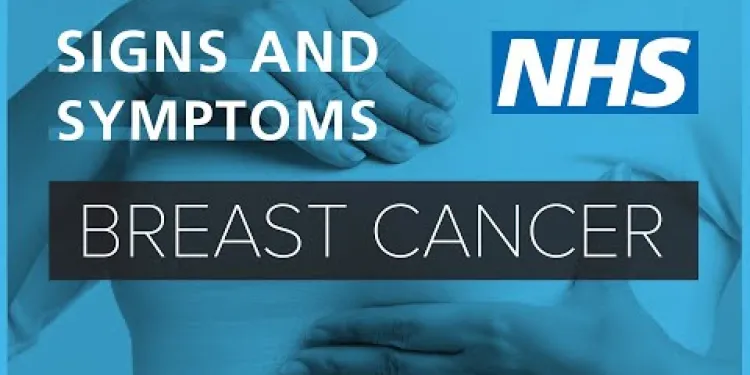
About Breast cancer - signs and symptoms | NHS
Relevance: 55%
-

Derbyshire Diabetic Eye Screening - Diabetic Eye Screening
Relevance: 55%
-

Bowel cancer - Symptoms and signs to look out for
Relevance: 53%
-

Is Teplizumab used to treat diabetes?
Relevance: 52%
-
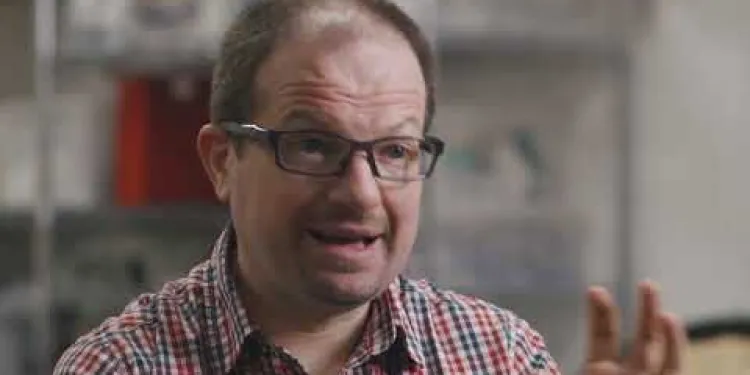
An Introduction to Decompression Illness: Signs & Symptoms”. Dr Roland Armes
Relevance: 52%
-

Can GLP-1 be used for type 1 diabetes?
Relevance: 52%
-

Gestational Diabetes during pregnancy
Relevance: 51%
-
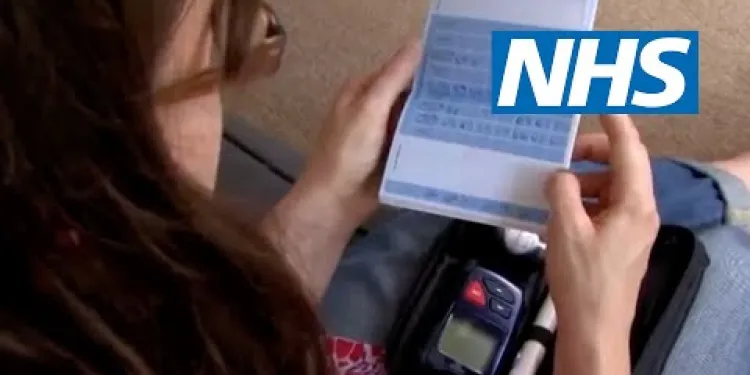
Gestational diabetes | NHS
Relevance: 51%
-
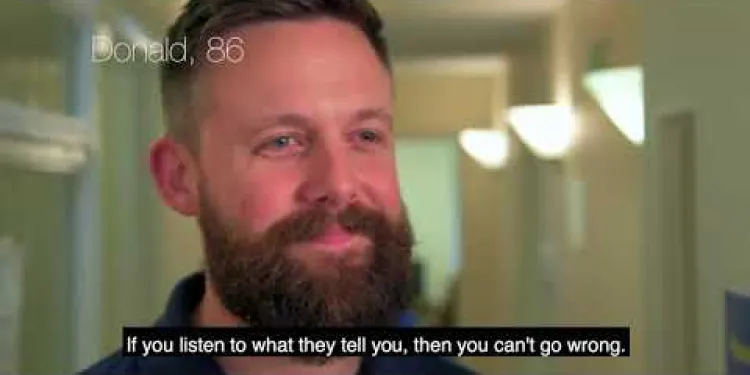
Diabetes Eye Screening
Relevance: 50%
-

Diabetes Care - Preventing Amputations
Relevance: 49%
-
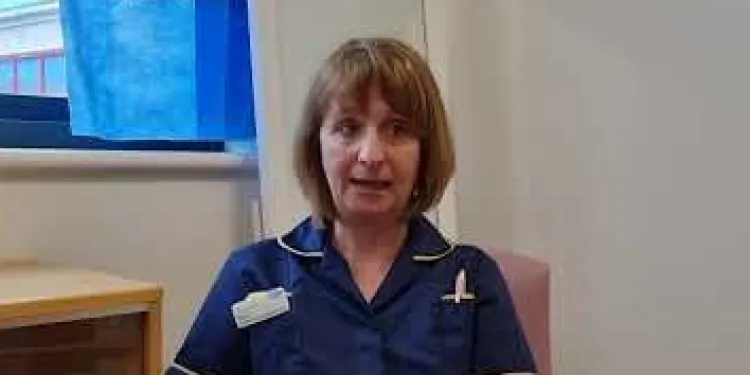
Ovarian cancer - signs and symptoms to look out for
Relevance: 48%
-
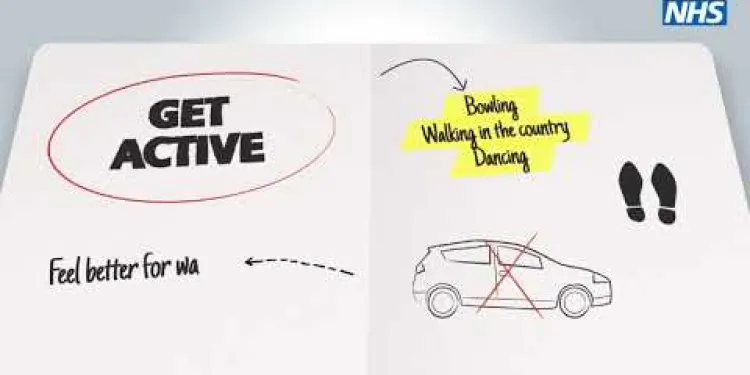
Pam’s story - The NHS Diabetes Prevention Programme
Relevance: 47%
-
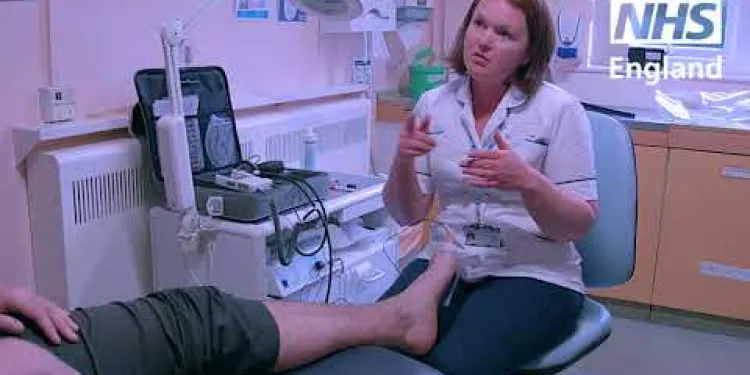
Improving outcomes for people with diabetes
Relevance: 46%
-
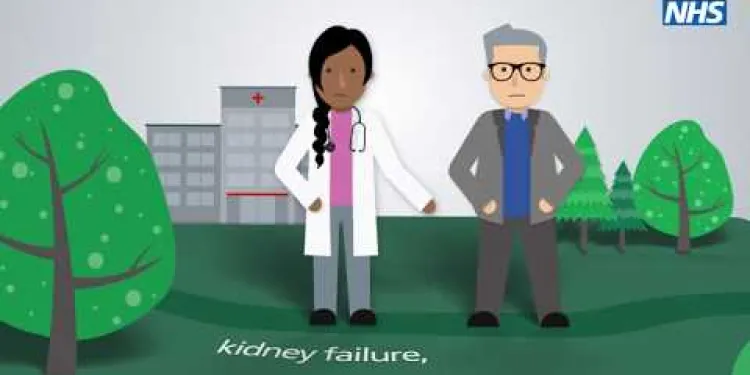
The NHS Diabetes Prevention Programme story
Relevance: 46%
Understanding Type 2 Diabetes - Common Signs and Symptoms
Introduction
Type 2 diabetes is a prevalent condition that affects millions of people in the United Kingdom. It often develops slowly over years, so it's important to understand the common signs and symptoms. Early detection can greatly help in managing the condition and improving quality of life. Below, we break down some of the key indicators associated with Type 2 diabetes.
Increased Thirst and Frequent Urination
One of the earliest and most common symptoms of Type 2 diabetes is increased thirst (polydipsia) and frequent urination (polyuria). This occurs because excess glucose in the bloodstream draws water from the body’s tissues, making you feel dehydrated and causing increased urination.
Unexplained Weight Loss
Unexpected weight loss can be another sign, even if you haven't changed your diet or exercise habits. When the body can't use glucose for energy, it starts breaking down muscles and fat, leading to weight reduction.
Fatigue
Feeling unusually tired or fatigued can be a symptom of Type 2 diabetes. This happens because cells are not able to effectively use glucose for energy, leaving you feeling depleted.
Blurred Vision
High blood sugar levels can cause the lenses of your eyes to swell, leading to temporary blurred vision. If left untreated, this can result in more serious eye problems over time.
Slow-Healing Sores and Frequent Infections
People with Type 2 diabetes often notice that cuts, blisters, and other wounds heal more slowly. High levels of glucose can impair blood circulation and the body's ability to heal. This also makes the body more susceptible to infections.
Numbness and Tingling
Nerve damage, known as neuropathy, can occur as a result of high blood sugar levels. This can cause a tingling sensation or numbness, especially in the hands and feet. Over time, this can lead to significant discomfort and complications.
Darkened Skin Areas
Patches of dark skin (acanthosis nigricans) may appear in body creases such as the neck, armpits, or groin. This condition can be a warning sign of heightened insulin resistance.
Conclusion
If you recognize any of these symptoms, it's crucial to consult with a healthcare professional as soon as possible. Early diagnosis and management of Type 2 diabetes can make a significant difference in maintaining your health and well-being. For more information and support, visit the official website of UHL NHS Trust.
Understanding Type 2 Diabetes - Common Signs and Symptoms
Introduction
Type 2 diabetes is a common health problem that many people in the United Kingdom have. It develops slowly over time. Knowing the early signs can help you manage it better and feel healthier.
Increased Thirst and Frequent Urination
One sign of Type 2 diabetes is feeling very thirsty and needing to pee a lot. This happens because extra sugar in your blood takes water from your body, making you thirsty and needing to go to the toilet.
Unexplained Weight Loss
Losing weight without trying can also be a sign. This happens because the body cannot use sugar for energy, so it starts using your muscles and fat instead.
Fatigue
Feeling very tired can be another symptom. This tiredness happens because your body’s cells cannot use sugar properly for energy, leaving you feeling worn out.
Blurred Vision
Having blurry vision can happen if your blood sugar level is too high. Your eye lenses can swell, causing blurry sight. If not treated, this might lead to more serious eye problems.
Slow-Healing Sores and Frequent Infections
If you have cuts or wounds that take a long time to heal, it could be due to diabetes. High blood sugar can slow down healing and make you more prone to infections.
Numbness and Tingling
High blood sugar can harm your nerves, causing tingling or numbness, especially in your hands and feet. This is called neuropathy, and it can become very uncomfortable.
Darkened Skin Areas
Some people may notice dark patches of skin, often found on the neck, armpits, or groin. This can be a sign that your body is struggling with insulin resistance.
Conclusion
If you notice any of these signs, it is important to see a doctor quickly. Spotting Type 2 diabetes early can help you stay healthy. For more information and help, visit the official website of UHL NHS Trust.
Frequently Asked Questions
What is Type 2 diabetes?
Type 2 diabetes is a chronic condition where the body either resists the effects of insulin or doesn't produce enough insulin to maintain normal blood glucose levels.
What are the common signs of Type 2 diabetes?
Common signs include increased thirst, frequent urination, extreme fatigue, blurred vision, slow-healing sores, and unexplained weight loss.
Who is at risk of developing Type 2 diabetes?
People with a family history of diabetes, those who are overweight, have high blood pressure, lead a sedentary lifestyle, or are over the age of 45 are at higher risk.
How is Type 2 diabetes diagnosed?
It is diagnosed through blood tests, which include the HbA1c test, fasting glucose test, and oral glucose tolerance test (OGTT).
Can Type 2 diabetes be prevented?
Yes, reducing risk factors such as maintaining a healthy diet, regular exercise, and weight management can help prevent Type 2 diabetes.
What complications can arise from Type 2 diabetes?
Complications include cardiovascular disease, nerve damage, kidney damage, eye damage, foot problems, and an increased risk of infections.
What is the difference between Type 1 and Type 2 diabetes?
Type 1 diabetes is an autoimmune condition where the body attacks insulin-producing cells. Type 2 diabetes is largely due to lifestyle factors and insulin resistance.
Is Type 2 diabetes common in the UK?
Yes, it is quite common. Approximately 90% of all adults with diabetes in the UK have Type 2 diabetes.
What dietary changes are recommended for someone with Type 2 diabetes?
It is recommended to follow a balanced diet low in sugar and refined carbohydrates, high in fibre, and rich in fruits, vegetables, and whole grains.
Can Type 2 diabetes be cured?
While there is no cure, Type 2 diabetes can be managed effectively through lifestyle changes and medication, allowing individuals to lead healthy lives.
What medications are commonly prescribed for Type 2 diabetes?
Common medications include metformin, sulfonylureas, DPP-4 inhibitors, GLP-1 receptor agonists, and insulin therapy.
How often should someone with Type 2 diabetes check their blood sugar levels?
The frequency of blood sugar checks varies based on individual treatment plans but is often recommended multiple times a day for those on insulin.
What lifestyle changes can help manage Type 2 diabetes?
Key changes include eating a balanced diet, engaging in regular physical activity, maintaining a healthy weight, and quitting smoking.
Why is it important to manage blood pressure in Type 2 diabetes?
High blood pressure can worsen diabetes complications like heart disease, kidney disease, and eye problems, making it crucial to manage both conditions together.
What role does exercise play in managing Type 2 diabetes?
Regular exercise helps control blood glucose levels, reduce insulin resistance, and maintain a healthy weight, all of which are important for managing Type 2 diabetes.
What is Type 2 diabetes?
Type 2 diabetes is an illness. It means your body has trouble using sugar for energy. This happens when there isn't enough insulin, or your body can't use insulin well.
What is insulin? Insulin is something your body makes. It helps turn the sugar in food into energy.
When you have Type 2 diabetes, sugar can build up in your blood. This can make you feel tired or thirsty. It can make you need to go to the toilet more. Over time, high sugar can make you sick.
To help manage Type 2 diabetes, you can:
- Eat healthy foods
- Exercise regularly
- Check your blood sugar often
It is good to talk to a doctor or nurse. They can help you understand and take care of Type 2 diabetes.
Type 2 diabetes is when your body has trouble using a thing called insulin. Insulin helps keep your blood sugar levels normal. Sometimes your body doesn’t have enough insulin or doesn't use it well.
What are the common signs of Type 2 diabetes?
Here are some things you might notice if you have Type 2 diabetes:
- Feeling very thirsty
- Needing to pee a lot
- Feeling very tired
- Blurry eyesight
- Cuts and bruises take a long time to heal
- Numb or tingling hands or feet
If you think you have any of these signs, it's a good idea to talk to a doctor. They can help you feel better.
To help understand, you can ask someone you trust to read with you. You can also use pictures or drawings to help remember the signs.
Here are some signs to watch out for:
- Feeling really thirsty a lot.
- Going to the bathroom often.
- Feeling very tired.
- Having blurry eyesight.
- Sores or cuts that take a long time to heal.
- Losing weight without knowing why.
It can help to use a checklist or ask someone you trust to read these signs with you. If you notice any of these signs, talk to a doctor or someone who can help.
Who can get Type 2 diabetes?
Some people have a bigger chance of getting diabetes. These people might have parents or family with diabetes. Being overweight, having high blood pressure, not moving around much, or being older than 45 can also make your risk higher.
Here is a suggestion to help: you can talk to a doctor to learn more about your risk. They can help you find ways to stay healthy. Also, try to move around more and eat healthy foods. This can help a lot.
How do doctors know if you have Type 2 diabetes?
Doctors do some blood tests to see if you have Type 2 diabetes. These tests check how much sugar is in your blood.
You might have to not eat for a few hours before one of these tests. This is called "fasting."
If you have Type 2 diabetes, you can feel very thirsty, hungry, or tired. It's important to see a doctor if you feel this way.
Some helpful things for reading are:
- Ask someone to help you read.
- Use a dictionary to learn new words.
- Take your time and read slowly.
Doctors use blood tests to find out if someone has this. These tests are called: the HbA1c test, the fasting glucose test, and the oral glucose tolerance test (OGTT).
Would you like some help with these words? You can use a dictionary to look up hard words, or ask someone to explain them to you.
Can we stop Type 2 diabetes?
Yes, Type 2 diabetes can sometimes be stopped!
Here are some easy ways to help:
- Eat healthy food like fruits and vegetables.
- Move your body with fun activities like walking or playing.
- Try to keep a healthy weight.
- Visit the doctor for check-ups.
Using pictures or videos can help you learn more.
If you have questions, ask a doctor, teacher, or someone you trust.
Yes, you can help stop Type 2 diabetes. You can eat healthy food, exercise often, and keep a healthy weight.
What problems can happen with Type 2 diabetes?
Problems you might have are:
- Heart problems
- Nerve problems (nerves help you feel things)
- Kidney problems (kidneys clean your blood)
- Eye problems
- Foot problems
- More chance of getting sick
To help, you can:
- Talk to a doctor or nurse
- Write down your feelings and health in a diary
- Use pictures and apps to learn more
What is the difference between Type 1 and Type 2 diabetes?
Diabetes is a condition where your body has trouble using sugar for energy. There are two main types of diabetes: Type 1 and Type 2. Here’s how they are different:
Type 1 Diabetes: Your body stops making a thing called insulin. Insulin helps your body use sugar. So, people with Type 1 diabetes take insulin shots. This type often starts when you are a child. It's not caused by eating too much sugar.
Type 2 Diabetes: Your body still makes insulin, but it doesn’t use it well. This makes it hard to use sugar for energy. Eating healthy foods, exercising, and sometimes taking medicine can help. This type often starts when you are an adult.
Helpful Tools: - A doctor or nurse can give you advice. - Apps can help you track blood sugar and food. - Friends or family can support you.
Remember, if you have questions, it’s okay to ask for help.
Type 1 diabetes is when the body attacks the cells that make insulin. Type 2 diabetes often happens because of how we live, like not eating healthy or not exercising. It can also happen when the body can't use insulin well.
Do a lot of people in the UK have Type 2 diabetes?
Yes, lots of people have it. About 9 out of every 10 adults with diabetes in the UK have Type 2 diabetes.
What should someone with Type 2 diabetes eat?
If you have Type 2 diabetes, changing what you eat can help you feel better. Here are some simple tips:
- Eat more fruits and vegetables. They are good for you.
- Choose whole grains like brown rice and whole wheat bread.
- Eat lean meats like chicken and fish.
- Try to eat smaller meals more often instead of a few big ones.
- Drink water instead of sugary drinks.
It can also help to see a dietitian or doctor. They can give you more personal advice.
It is good to eat healthy food. Try to eat less sugar and foods like white bread or white rice. Eat more foods with fiber, like fruits, vegetables, and brown bread or oats.
Can we fix Type 2 diabetes?
Type 2 diabetes is a sickness where your body has trouble using sugar the right way. This makes your blood sugar too high. Right now, there is no cure to make it go away forever. But, you can do things to feel better and keep healthy.
Here are some things that can help:
- Eat healthy foods like fruits, vegetables, and whole grains.
- Exercise regularly, like walking or playing sports.
- Take medicine if your doctor says you need it.
- Check your blood sugar levels with help from a grown-up.
It’s important to talk to a doctor or nurse for advice on how to take care of yourself.
There is no cure for Type 2 diabetes, but people can manage it well. You can make changes to how you live and take medicine. This helps people stay healthy and happy.
What medicines do people take for Type 2 diabetes?
Some common medicines are metformin, sulfonylureas, DPP-4 inhibitors, GLP-1 receptor agonists, and insulin.
How often should you check your blood sugar if you have Type 2 diabetes?
If you have Type 2 Diabetes, you need to check your blood sugar to stay healthy. Checking helps you know if your sugar level is too high or too low.
Ask your doctor how often you should check your blood sugar. They can give you advice just for you. Some people might check once a day, while others might check more often.
Your doctor might also tell you when it is best to check your blood sugar. For example, some people check before eating, after eating, or at bedtime.
Remember to write down your blood sugar numbers. This helps you see if your sugar level is okay.
If using a blood sugar meter is hard, ask for help. A nurse or doctor can show you. There are videos online that can help, too.
How often you check your blood sugar depends on your treatment plan. If you use insulin, you might need to check it a few times each day.
How can you change your daily life to help with Type 2 diabetes?
Important things to do:
- Eat different types of healthy food.
- Exercise often.
- Stay at a healthy weight.
- Stop smoking.
Why is it important to take care of blood pressure when you have Type 2 diabetes?
It is very important to keep your blood pressure healthy if you have Type 2 diabetes. High blood pressure makes it harder for your heart to work. This can cause serious problems like heart attacks or strokes.
If you take care of your blood pressure, you will feel better and can have a healthier heart.
Here are some things that can help:
- Go to your doctor for check-ups.
- Eat healthy foods like fruits and vegetables.
- Exercise by walking or playing with friends.
- Take your medicine if your doctor gives you any.
- Ask your family or friends for support.
High blood pressure can make diabetes problems worse. It can give you heart problems, kidney problems, and eye problems. This is why it is very important to take care of both high blood pressure and diabetes.
Here are some things that can help:
- Eat healthy food.
- Exercise regularly.
- Take your medicines as the doctor says.
- Check your blood pressure and sugar levels often.
Ask your doctor or nurse if you need help. They can give you more tips.
How can exercise help people with Type 2 diabetes?
Exercise is good for you. It helps keep your blood sugar at the right level. It also helps your body use insulin better and helps you stay at a healthy weight. This is very important if you have Type 2 diabetes.
Useful Links
- Ergsy carfully checks the information in the videos we provide here.
- Videos shown by Youtube after a video has completed, have NOT been reviewed by ERGSY.
- To view, click the arrow in centre of video.
- Most of the videos you find here will have subtitles and/or closed captions available.
- You may need to turn these on, and choose your preferred language.
- Go to the video you'd like to watch.
- If closed captions (CC) are available, settings will be visible on the bottom right of the video player.
- To turn on Captions, click settings .
- To turn off Captions, click settings again.
More Items From Ergsy search
-

Type 2 diabetes - common signs and symptoms UHL NHS Trust
Relevance: 100%
-

What are the symptoms of Type 2 Diabetes?
Relevance: 95%
-

What is type 1 diabetes?
Relevance: 78%
-

How is Type 2 Diabetes diagnosed?
Relevance: 77%
-

Type 1 Diabetes supporting adults to manage Type 1 diabetes
Relevance: 76%
-

What Is Type 2 Diabetes? | 2 Minute Guide | Diabetes UK
Relevance: 76%
-

Is Type 2 Diabetes hereditary?
Relevance: 73%
-

What complications are associated with Type 2 Diabetes?
Relevance: 71%
-

How to manage type 2 diabetes
Relevance: 70%
-

Can Type 2 Diabetes be prevented?
Relevance: 70%
-

Is Ozempic suitable for type 1 diabetes?
Relevance: 69%
-

What causes Type 2 Diabetes?
Relevance: 69%
-

Can Type 2 Diabetes go away?
Relevance: 69%
-

Are heart attack symptoms different for people with diabetes?
Relevance: 67%
-

Can stress affect my Type 2 Diabetes?
Relevance: 66%
-

Can Mounjaro be used in type 1 diabetes?
Relevance: 66%
-

How is Type 2 Diabetes treated?
Relevance: 66%
-

What is the role of insulin in Type 2 Diabetes?
Relevance: 65%
-

Patient voices in type one diabetes - I would have done things differently.
Relevance: 65%
-

Is Wegovy used for type 2 diabetes management?
Relevance: 63%
-

Leukaemia: What are the signs and symptoms? | NHS
Relevance: 60%
-

Where can I find support for managing Type 2 Diabetes in the UK?
Relevance: 60%
-

NHS Diabetes Prevention Programme; Preventing Type 2 and improving outcomes for people with diabetes
Relevance: 59%
-

Dyspraxia Symptoms & Signs
Relevance: 56%
-

Dyspraxia Symptoms & Signs
Relevance: 56%
-

What can I eat if I have Type 2 Diabetes?
Relevance: 56%
-

About Breast cancer - signs and symptoms | NHS
Relevance: 55%
-

Derbyshire Diabetic Eye Screening - Diabetic Eye Screening
Relevance: 55%
-

Bowel cancer - Symptoms and signs to look out for
Relevance: 53%
-

Is Teplizumab used to treat diabetes?
Relevance: 52%
-

An Introduction to Decompression Illness: Signs & Symptoms”. Dr Roland Armes
Relevance: 52%
-

Can GLP-1 be used for type 1 diabetes?
Relevance: 52%
-

Gestational Diabetes during pregnancy
Relevance: 51%
-

Gestational diabetes | NHS
Relevance: 51%
-

Diabetes Eye Screening
Relevance: 50%
-

Diabetes Care - Preventing Amputations
Relevance: 49%
-

Ovarian cancer - signs and symptoms to look out for
Relevance: 48%
-

Pam’s story - The NHS Diabetes Prevention Programme
Relevance: 47%
-

Improving outcomes for people with diabetes
Relevance: 46%
-

The NHS Diabetes Prevention Programme story
Relevance: 46%


